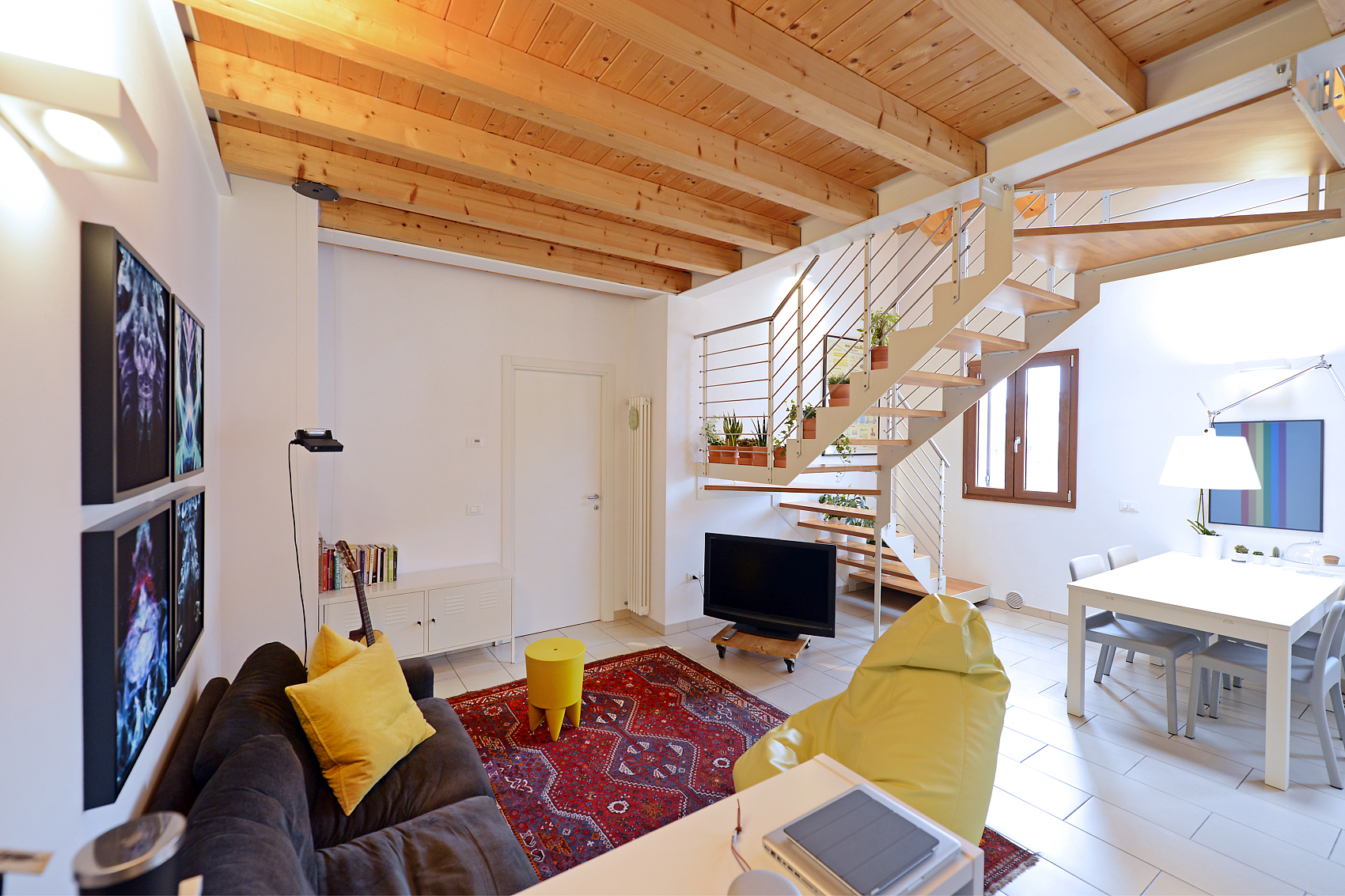When incorporating Feng Shui principles into your bedroom, the goal is to create a space that encourages positive energy flow, relaxation, and balance. Here are some key guidelines to keep in mind for a peaceful, harmonious environment.
1. Position Your Bed Correctly
The bed is one of the most important pieces of furniture in Feng Shui, and its placement can affect the flow of energy in the room. Here’s how to get it right:
- Commanding Position: Position your bed so you can see the door without being directly in line with it. This helps create a sense of security and control, promoting better sleep and positive energy.
- Space on Both Sides: Ensure there’s space on both sides of the bed—ideally around 15-20 inches. This creates a balanced energy, making the room feel more harmonious.
- Avoid Negative Placements: Don’t place your bed under a window, directly facing a mirror, near a toilet, or next to water features like fountains. These placements can disrupt energy flow and affect sleep quality.
2. Create Symmetry with Bedside Tables
When it comes to styling your bedside tables, symmetry is key. Here’s how to achieve a balanced look:
- Similar Height and Size: For a cohesive and polished appearance, choose nightstands that are the same height and similar in size. This will create visual balance on both sides of the bed.
- Mix Materials and Shapes: Don’t be afraid to mix different shapes and materials for a unique, eclectic vibe. Pair a simple table with a chest of drawers, or combine a metal wall-mounted shelf with a wooden stool.
- Coordinate by Color: If your nightstands are different in size or shape, try matching their color finish. This subtle coordination can tie them together visually, creating harmony even with mismatched pieces.
- Balance with Accessories: Add symmetry through accessories like lamps, artwork, or linens. This helps offset any differences between your nightstands and creates a unified look.

3. Mindful Art Placement
Artwork can elevate the energy in your bedroom, but it’s important to place it thoughtfully:
- Above Furniture: Hang art above furniture like your bed or console, but make sure it’s centered and at eye level for a balanced look. Avoid hanging it too high or low, as this can create visual imbalance.
- Size Matters: Choose art that complements the furniture beneath it. Larger pieces make a strong statement, while smaller pieces may get lost unless grouped together in a gallery wall.
- Reflect Your Style: Select artwork that reflects your personality and inspires positive feelings. Art should uplift you, so avoid pieces that evoke negative emotions.
- Lighting: Proper lighting can make your artwork stand out. Use lighting that is at least three times brighter than the room’s ambient light to highlight textures and make the artwork a focal point.
4. Neutral Color Palette
A neutral color palette is perfect for creating a calming, relaxing bedroom. Here are some tips to make it work for you:
- Neutral Tones: Choose colors like white, cream, beige, gray, and taupe. These shades promote relaxation and provide a versatile backdrop for other design elements.
- Warm vs. Cool Neutrals: Warm neutrals like beige and ivory create a cozy, inviting atmosphere, while cooler tones like gray or soft blue offer a more tranquil, restful feel.
- Mixing Neutrals: Don’t be afraid to combine different neutral shades for depth. For example, pairing gray with cream or beige with off-white can add visual interest without disrupting the calm vibe.
- Personal Style: Pick neutral shades that resonate with your personal style. Whether you prefer light neutrals for a minimalist look or warmer tones for a cozier feel, choose colors that help create the atmosphere you want.
5. Soft Lighting and Natural Light
Lighting plays a huge role in the energy of your bedroom. Here’s how to use lighting to your advantage:
- Soft, Warm Lighting: Use warm-toned lightbulbs to create a comfortable, relaxing ambiance. Soft, orange-yellow hues promote restfulness and make your space feel cozy.
- Reflective Surfaces: Incorporate mirrors or metallic finishes to bounce light around the room. Reflective surfaces help maximize natural light and make your room feel brighter and more spacious.
- Light-Colored Walls: Choose light-colored walls and finishes. Soft neutrals like white or pale beige help reflect light, creating a brighter atmosphere in rooms with limited natural light.
- Layer Your Lighting: Use multiple light sources—overhead, task, table lamps, and floor lamps—to create a balanced, well-lit space. Choose bulbs with a warm tone for a welcoming feel.

By following these Feng Shui tips, you can transform your bedroom into a peaceful sanctuary that promotes positive energy, relaxation, and balance. From the bed’s placement to the colors on your walls, every element can contribute to a harmonious atmosphere. So, take your time to arrange your space thoughtfully, and enjoy the calming effects of a well-balanced room.













